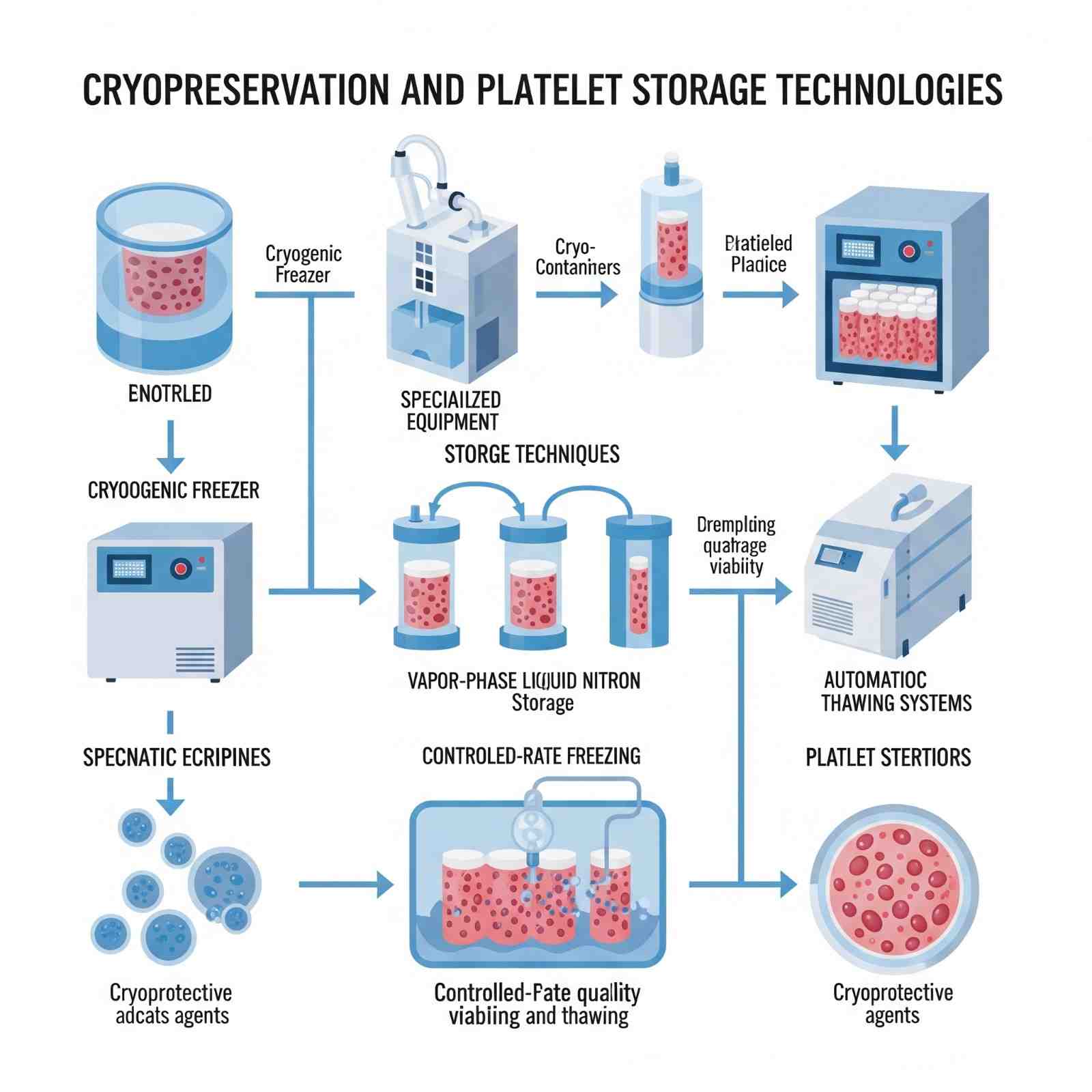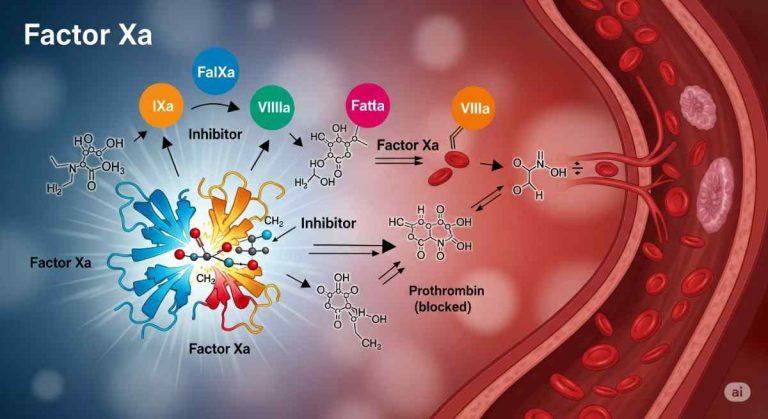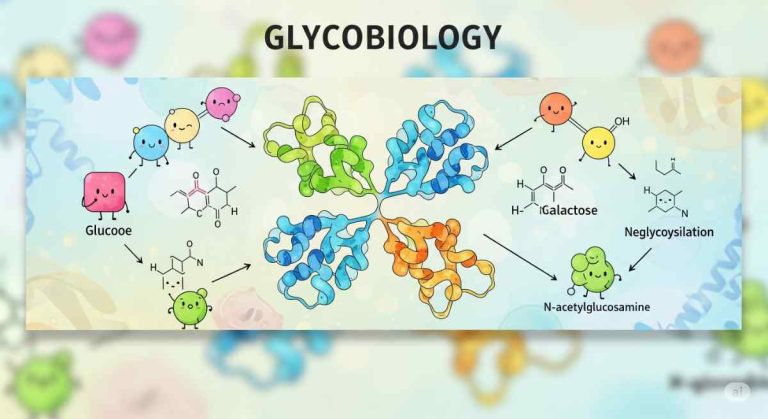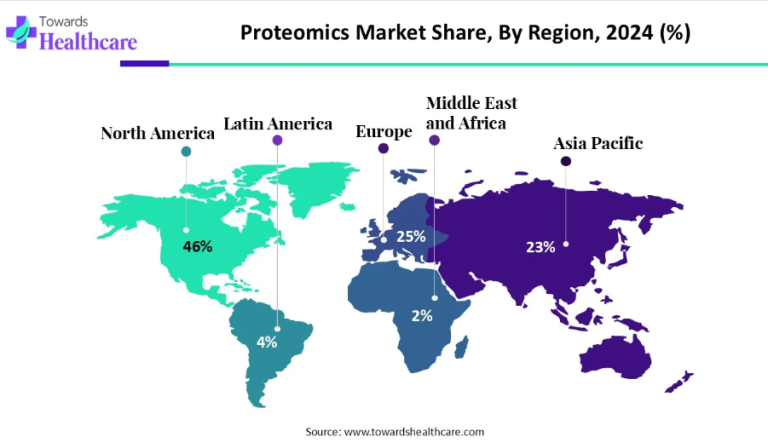
The global cryopreservation and platelet storage technologies market is witnessing robust growth, driven by advancements in regenerative medicine, biobanking expansion, and rising demand for fertility preservation. This article provides detailed insights into market trends, statistical data for 2025 and 2026, and highlights how the United States remains the leading country in this sector.
Market Overview
The global cell cryopreservation market was valued at USD 11.48 billion in 2024 and is projected to grow to USD 13.89 billion in 2025, with a CAGR of 21.05% from 2024 to 2034. This surge is driven by the widespread use of cryopreservation in stem cell therapy, organ transplantation, and fertility services.
Key Market Drivers
-
Regenerative Medicine Advancements: The rise in biologics and targeted therapies has increased reliance on cryopreserved cells for research and clinical trials.
-
Rising Infertility Rates: Global infertility rates are prompting higher demand for egg and sperm cryopreservation services.
-
Technological Innovations: Modern freezing protocols and automation ensure higher cell viability during storage.
-
Biobanking Expansion: Developed nations are increasingly investing in biobanking infrastructure, further boosting demand.
Regional Insights
-
North America, led by the United States, dominates the global market with its strong healthcare infrastructure and investments in advanced cryopreservation technologies.
-
Asia-Pacific is forecasted to grow rapidly, driven by supportive government policies and growing awareness of fertility preservation.
Leading Countries in the Market
-
United States: As the market leader, the U.S. benefits from high R&D investments, major players like Thermo Fisher Scientific and BioLife Solutions, and advanced medical facilities.
-
Germany: Leads Europe with a strong biotech sector and favorable government initiatives.
-
Japan: Innovations in aging population healthcare solutions bolster its market position.
-
China: Emerging as a significant player due to increasing biobanking and healthcare investments.
Platelet Storage Technologies
Traditionally, platelets were stored at room temperature for 5–7 days. With modern cryopreservation, they can now be stored at ultra-low temperatures, extending their usability for transfusions and reducing wastage.
Conclusion
The U.S. continues to lead the global cryopreservation and platelet storage technologies market. With growing applications in regenerative medicine and biobanking, and technological advances supporting long-term storage, the market is poised for remarkable growth through 2026.
Source
-
Towards Healthcare. (2025). Cell Cryopreservation Market Size, Companies, Trends and Developments. Read More






